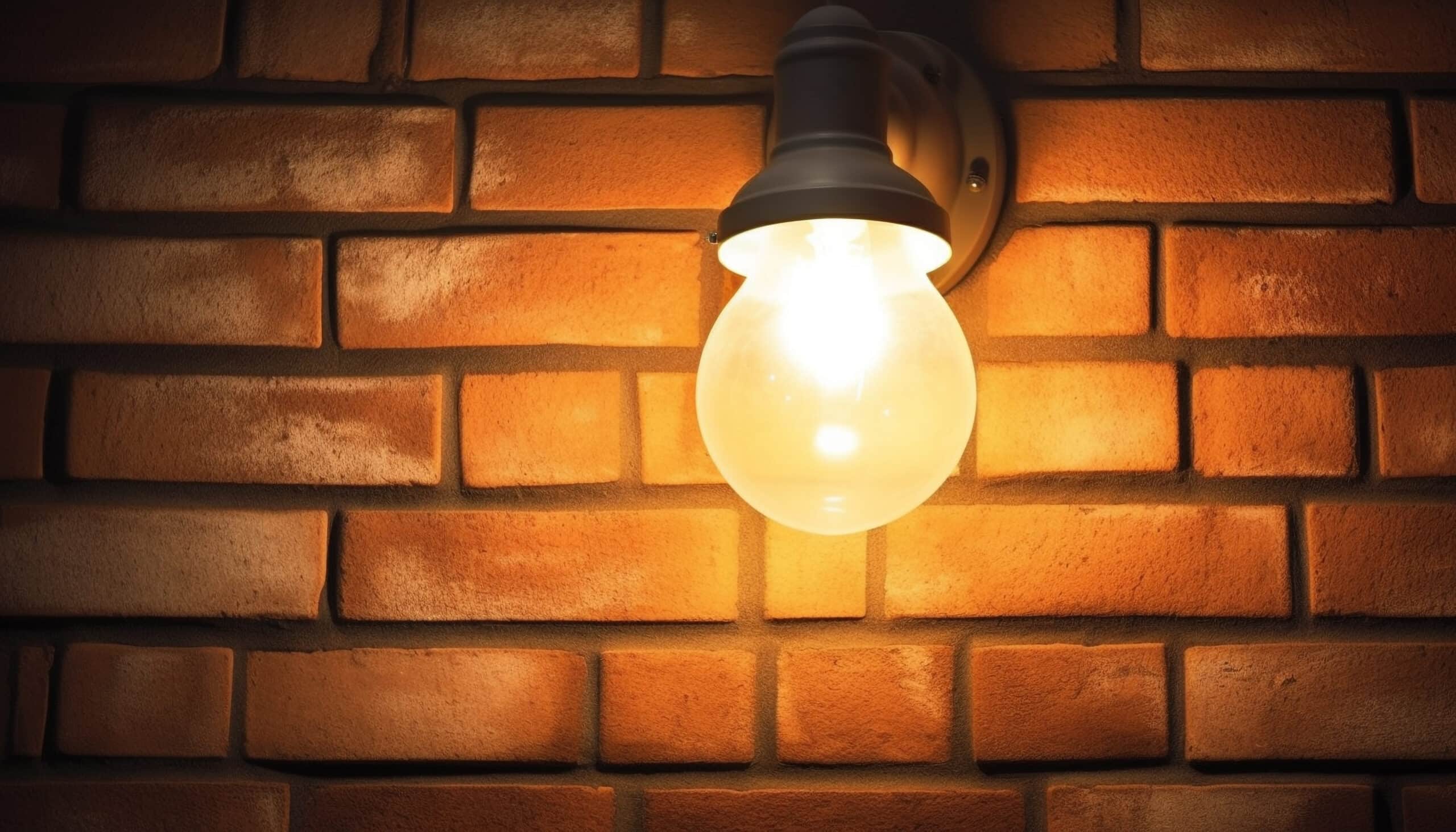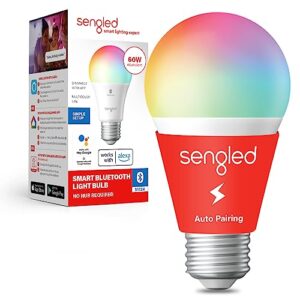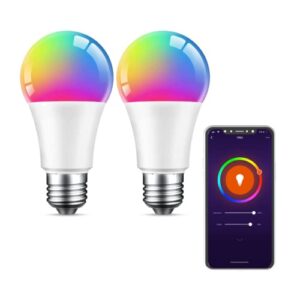How To Make My Lights Smart?
Key Takeaways
- Smart lighting allows you to control your lights remotely using your smartphone or voice commands.
- The first step in making your lights smart is to choose the right smart light bulbs, considering brands and compatibility.
- To connect your smart lights to Wi-Fi, you need to download the corresponding app, put the bulb into pairing mode, connect your phone to Wi-Fi, and follow the on-screen instructions in the app.
Smart lighting is a popular trend in home automation that allows you to control your lights remotely using your smartphone or voice commands. If you’re interested in making your lights smart, you’re in luck! In this article, we will guide you through the process of connecting your lights to Wi-Fi and transforming them into smart lights.
Choosing the Right Smart Light Bulbs
The first step in making your lights smart is to choose the right smart light bulbs. There are various brands and types of smart light bulbs available in the market, each with its own features and compatibility. Some popular options include Philips Hue, Wyze Bulb, Sengled Smart Wi-Fi LED, and Lifx Mini.
To determine the best smart light bulbs for your needs, it is recommended to refer to a comprehensive comparison guide like the one provided by Tom’s Guide. This guide compares the features and compatibility of different smart light bulbs, helping you make an informed decision.
Connecting Smart Lights to Wi-Fi
Once you have chosen the right smart light bulbs, it’s time to connect them to Wi-Fi. The specific steps may vary depending on the brand and type of smart light bulbs you have. However, the general process can be summarized as follows:
- Download the corresponding app for your smart light brand and create an account. This step is necessary to control your smart lights through the app.
- Put your smart light bulb into pairing mode. This is usually done by turning it off and on multiple times or following the instructions provided in the app.
- Connect your phone to your Wi-Fi network. It is important to note that most smart light bulbs require a 2.4GHz Wi-Fi network for optimal performance.
- Open the app and follow the on-screen instructions to connect the smart light bulb to your Wi-Fi network. This usually involves entering your Wi-Fi name and password in the app.
- Once the connection is established, you can name and group the smart light bulbs in the app for easier control.
For detailed step-by-step instructions, you can refer to the articles provided by WikiHow, CNET, and One Smart Lighting. These articles provide specific instructions for connecting smart lights to Wi-Fi, catering to different brands and types of smart light bulbs.
Controlling Your Smart Lights
Once your smart lights are connected to Wi-Fi, you can start enjoying the benefits of smart lighting. The companion app for your smart light bulbs allows you to control the lights remotely, adjust brightness and color, set schedules, and even integrate with other smart home devices.
With a simple tap on your smartphone or a voice command to your virtual assistant, you can turn your lights on or off, dim them, or change the color to create the desired ambiance. Some smart light bulbs also offer additional features like motion sensors or the ability to sync with music or movies for an immersive experience.
Conclusion
Making your lights smart is a straightforward process that involves choosing the right smart light bulbs and connecting them to Wi-Fi. By following the steps outlined in this article and referring to the provided resources, you can transform your ordinary lights into smart lights and enjoy the convenience and flexibility they offer.
Related Websites:
FAQs:
Q: What are the benefits of using smart light bulbs?
Smart light bulbs offer convenience and energy efficiency. You can control them remotely, schedule lighting according to your needs, and even automate them. They also consume less energy and have a longer lifespan compared to traditional bulbs.
Q: What types of smart light bulbs are available?
There are three main types of smart light bulbs available: Wi-Fi enabled bulbs, Bluetooth enabled bulbs, and Zigbee or Z-Wave enabled bulbs. Each type has its own advantages and compatibility requirements.
Q: How do I set up smart light bulbs?
To set up smart light bulbs, you need to assess your current lighting setup, choose the right bulbs based on features and specifications, set up a smart home hub or bridge if required, install and connect the bulbs, and configure them using compatible mobile applications.
Q: What are some common troubleshooting tips for smart light bulbs?
Common troubleshooting tips for smart light bulbs include checking for connectivity problems, addressing compatibility issues with other devices, and optimizing the smart lighting experience by integrating voice assistants, utilizing advanced features like geofencing and motion sensors, and exploring additional smart lighting accessories.
Q: What are the advantages of having smart light bulbs?
Having smart light bulbs allows you to enhance convenience, save energy, and create personalized lighting experiences. You can control them remotely, set schedules, automate lighting, and even change colors to match your mood or occasion.






